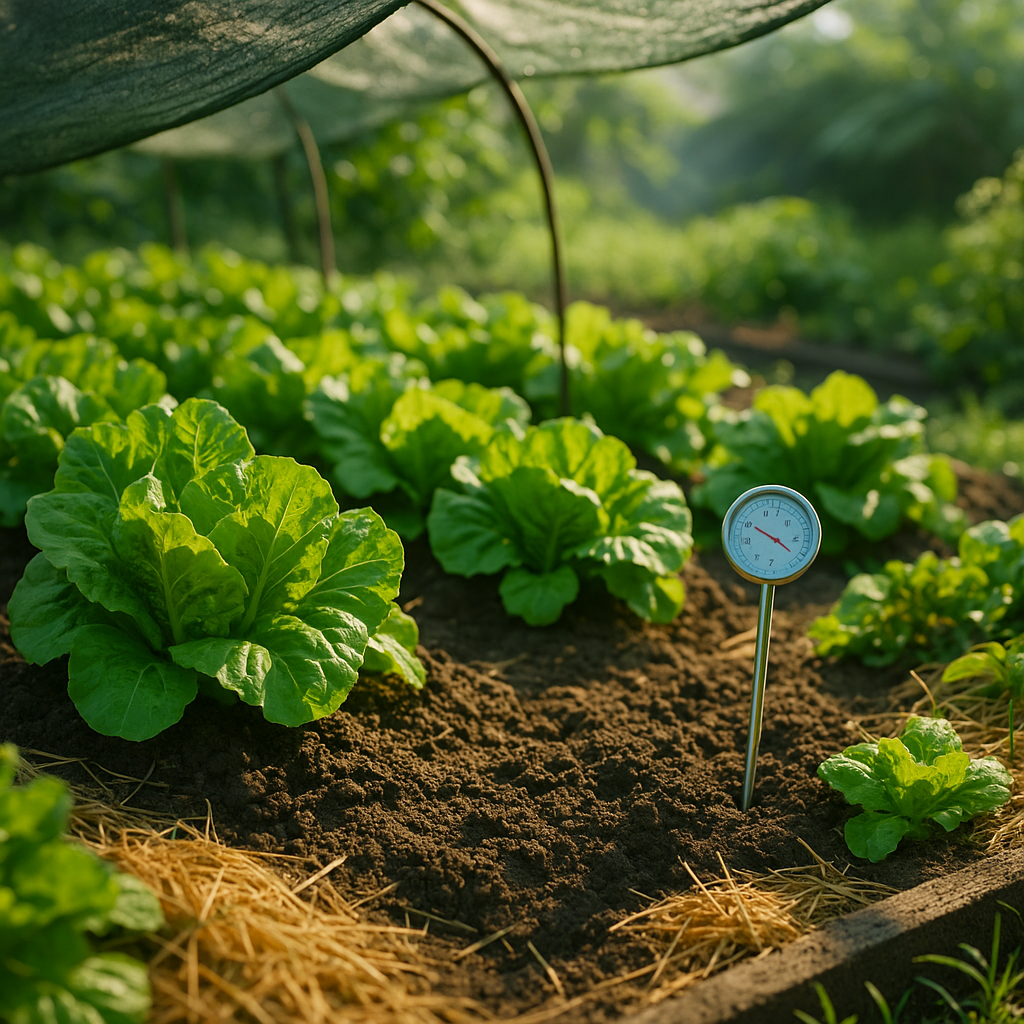Introduction
Lettuce growing mistakes are more common than many new gardeners realize, and they can turn an easy harvest into a frustrating experience. While lettuce is one of the most rewarding and quick-to-grow crops for home gardeners, it also comes with its own set of challenges. From bitter-tasting leaves to disappointing, stunted heads, even small missteps can lead to poor growth or low yields.
This article is designed to help you avoid the top 10 most frequent errors that trip up both beginners and seasoned green thumbs. Whether it’s sowing seeds at the wrong time, using the wrong soil, or forgetting about regular watering, these simple mistakes can rob you of crisp, flavorful salads all season long. By understanding and sidestepping these pitfalls, you’ll set yourself up for lush, productive lettuce beds and a bounty of delicious greens every time you plant.
Planting at the Wrong Time
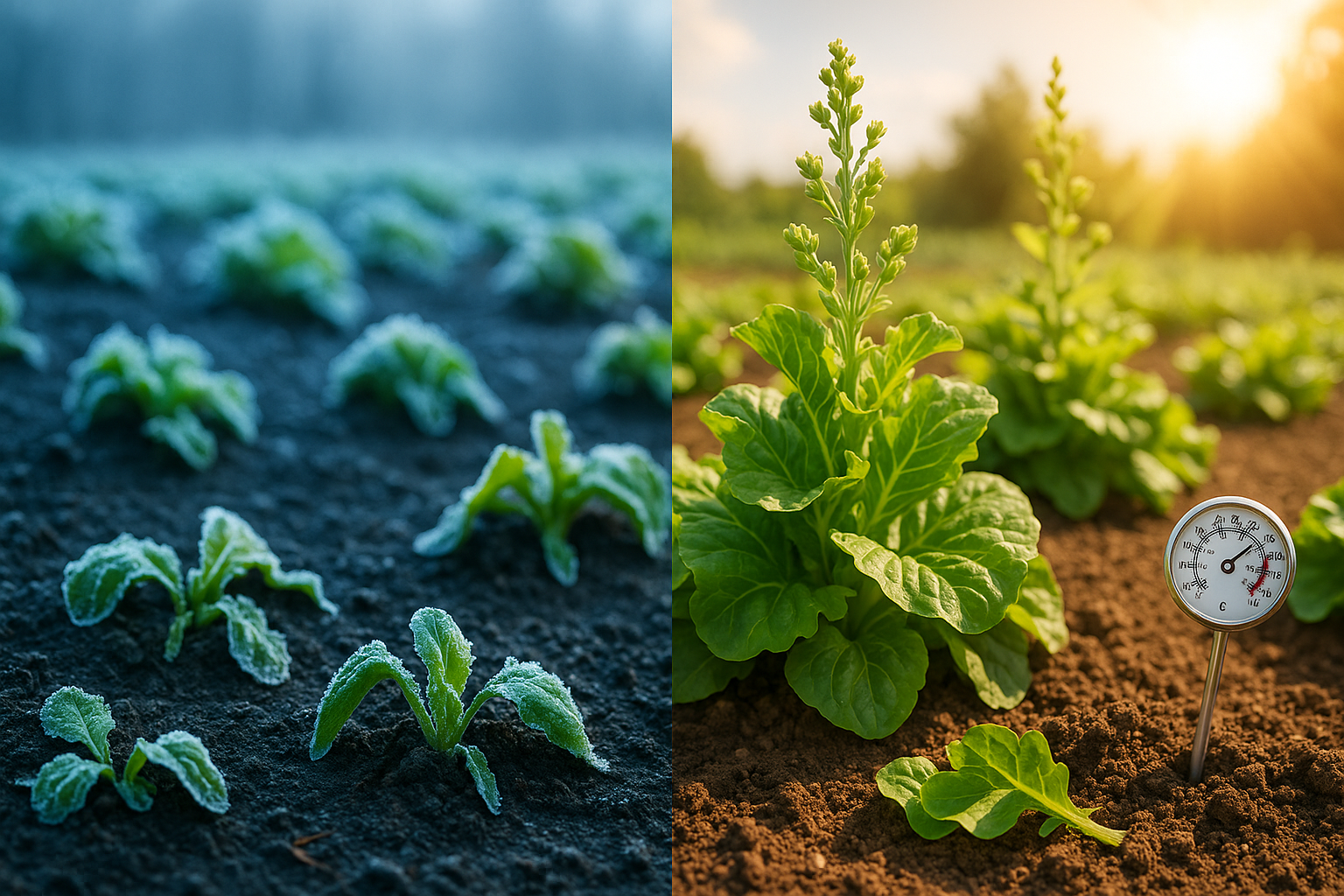
Lettuce is a classic cool-season crop that thrives in mild temperatures but wilts or bolts quickly when exposed to heat. Planting lettuce at the wrong time is a common mistake. If you start too early in the spring, lingering frosts can damage tender seedlings and stunt their growth. On the other hand, waiting too long to sow your seeds in late spring invites warm weather that prompts lettuce to bolt, sending up a flower stalk and turning the leaves bitter.
For the best results, time your planting window so the lettuce matures before your region’s hot weather arrives.
Planting Guidelines by Region
- Cool northern areas: Sow seeds outdoors two to four weeks before the last expected frost. You can also plant in late summer for a fall crop.
- Mild-winter climates: Plant lettuce in late fall or winter for steady growth.
- Hot southern zones: Grow lettuce in early spring, finishing the harvest well before the intense heat sets in, or consider shaded areas for a late summer planting.
Using a soil thermometer to confirm that soil temperatures are between 45°F and 65°F can give your lettuce the gentle start it needs, maximizing your chances for crisp, sweet leaves.
Overlooking Soil Quality and Preparation
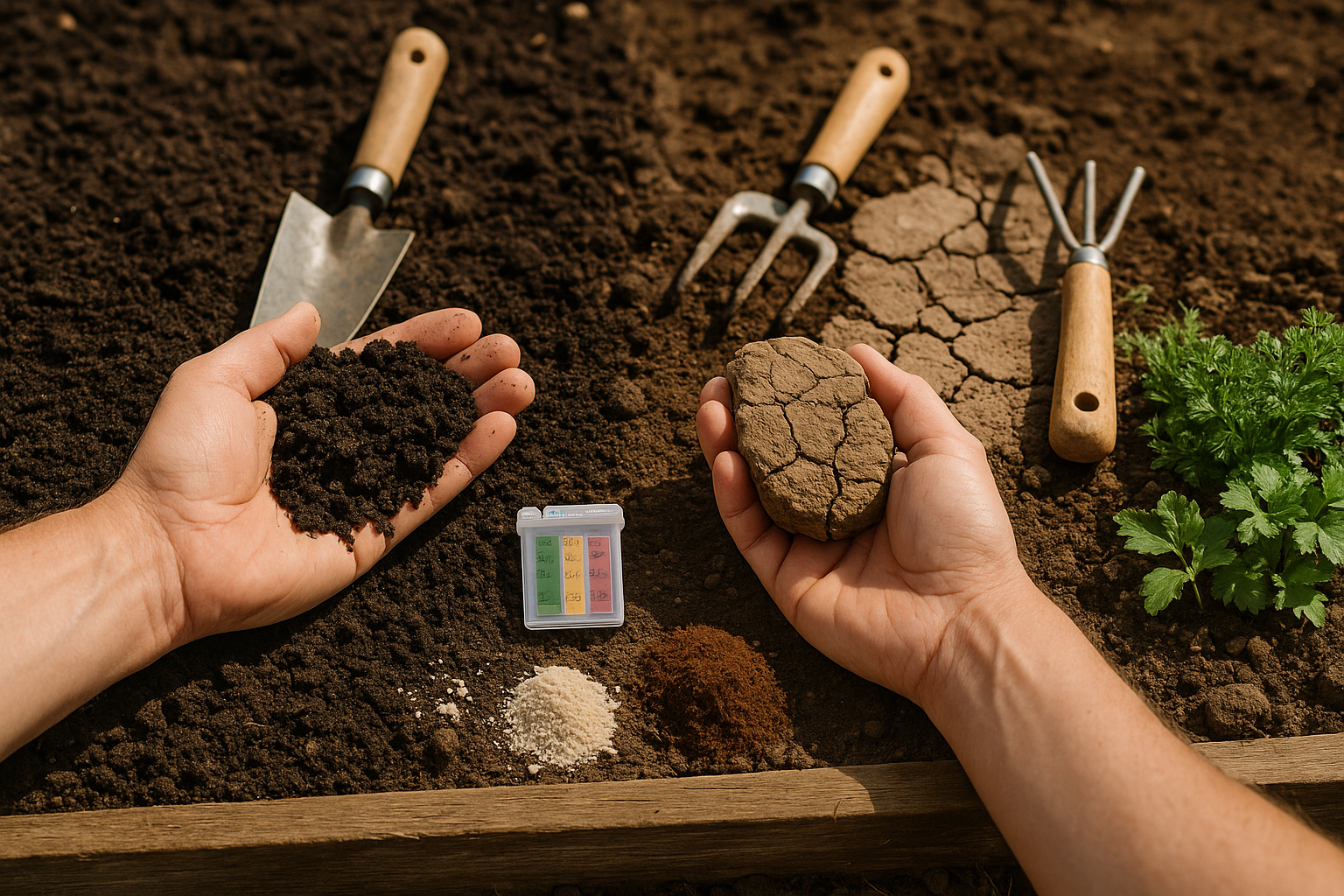
Soil quality is one of the most commonly overlooked factors in successful gardening, but it’s crucial for healthy plants. Tight, compacted, or clay-heavy soils can drown roots, stunt growth, and lead to frustrating problems like yellowing leaves or wilting—even with regular watering.
For best results, aim for loose, fertile, well-drained soil that lets roots expand and absorb nutrients easily. Testing your soil’s pH is a smart first step; most plants thrive in a range of 6.0 to 7.0.
If your soil is lacking, improving it can be simple and affordable:
- Work in plenty of compost or aged manure for more nutrients and better texture.
- For heavy or sticky clay, mix in coarse sand or peat moss to boost drainage.
- Sandy soils can be amended with organic matter to help retain moisture.
Avoid using chemical fertilizers as a quick fix—building up soil health naturally pays off in the long run. By paying attention to these simple steps before you plant, you’ll set your garden up for a strong season.
Sowing Seeds Too Deep or Crowding Seedlings
When planting lettuce, it’s crucial to remember that these tiny seeds need light to sprout—sowing them too deep is a common mistake that can prevent germination altogether. Try scattering lettuce seeds on the surface of moist soil, then lightly press them down or cover with just a dusting of soil, no deeper than 1/8 inch. This ensures the seeds receive enough light while staying moist.
Another frequent pitfall is overcrowding seedlings, which can lead to poor airflow and an increased risk of fungal diseases like damping off. Crowded lettuce plants also compete for nutrients, resulting in weak, leggy growth instead of strong, healthy leaves.
For best results, thin your seedlings early, spacing them about six inches apart once the first true leaves appear. This simple step gives each lettuce plant the room it needs to flourish, letting air circulate and sunlight reach every leaf. If you find it tough to thin the seedlings, try using small scissors to snip off extra plants at soil level to avoid disturbing the roots of your keepers.
Taking this bit of care when sowing and spacing will reward you with crisp, vibrant heads or tender leaves—much better than a patch of spindly, struggling plants. Remember: when in doubt, it’s better to sow lettuce seeds a bit too shallow and give seedlings plenty of space to grow.
Incorrect Watering Methods
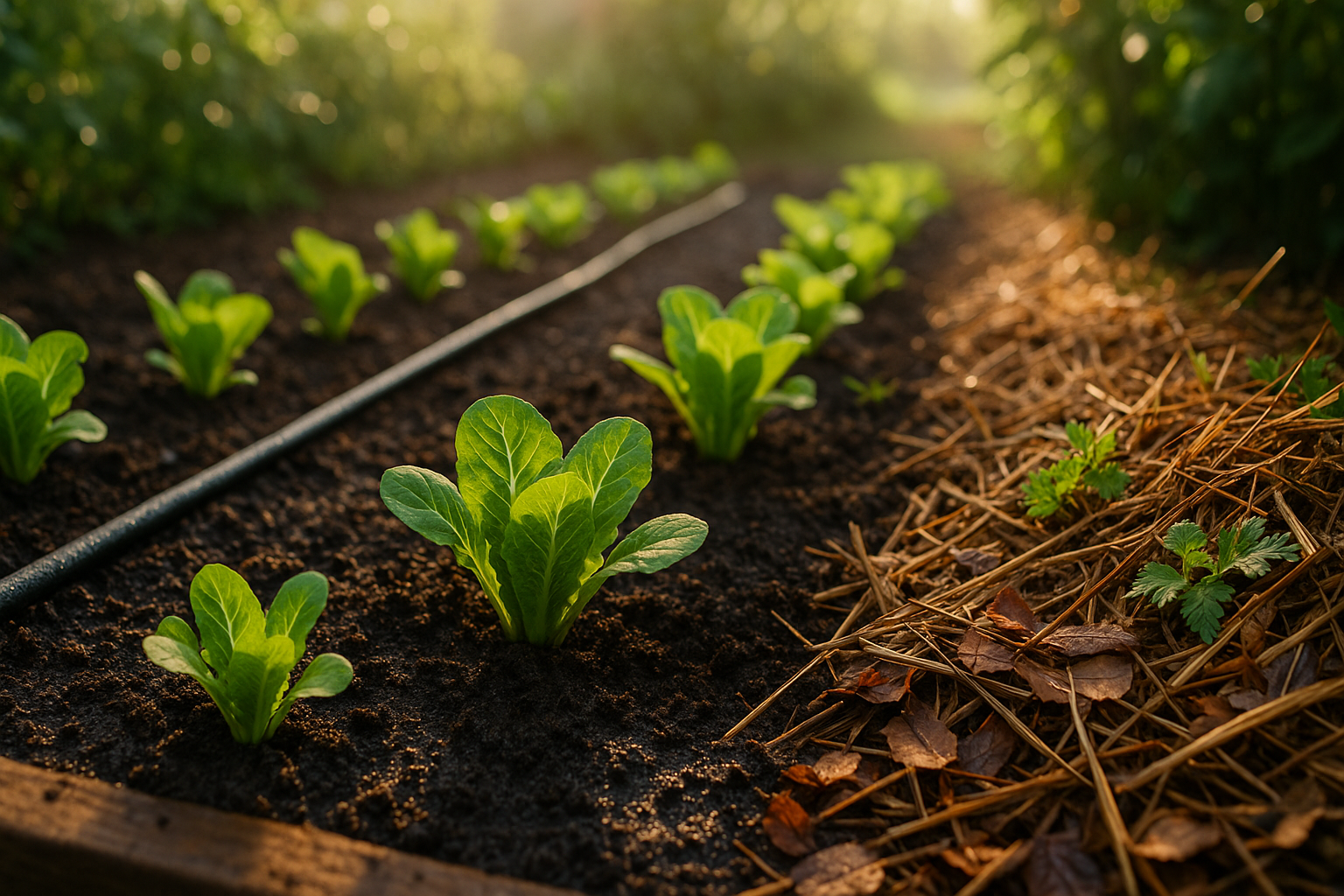
Lettuce has shallow roots, making consistent soil moisture crucial for healthy growth. Both overwatering and underwatering can quickly cause problems. If you water too much, the roots can’t access enough oxygen, leading to root rot, mold, or fungal diseases that stunt growth and can kill the plant. On the other hand, if the soil dries out even briefly, lettuce tends to bolt (go to seed early) and develop bitter, tough leaves.
To strike the right balance, water lettuce lightly but often, aiming for soil that’s damp like a wrung-out sponge—not soggy and not dry. Early morning watering helps minimize disease by giving leaves time to dry during the day. Mulch, such as straw or shredded leaves, can help lock in moisture and regulate soil temperature.
Checking the soil with your finger each day is an easy way to monitor; if the top inch feels dry, it’s time to water. Drip irrigation or soaker hoses are also excellent options for steady moisture without washing away seeds or splashing leaves. With a few daily checks and adjustments, you can keep lettuce beds evenly moist and avoid the problems that come with inconsistent watering.
Ignoring Pests, Diseases, and Crop Rotation
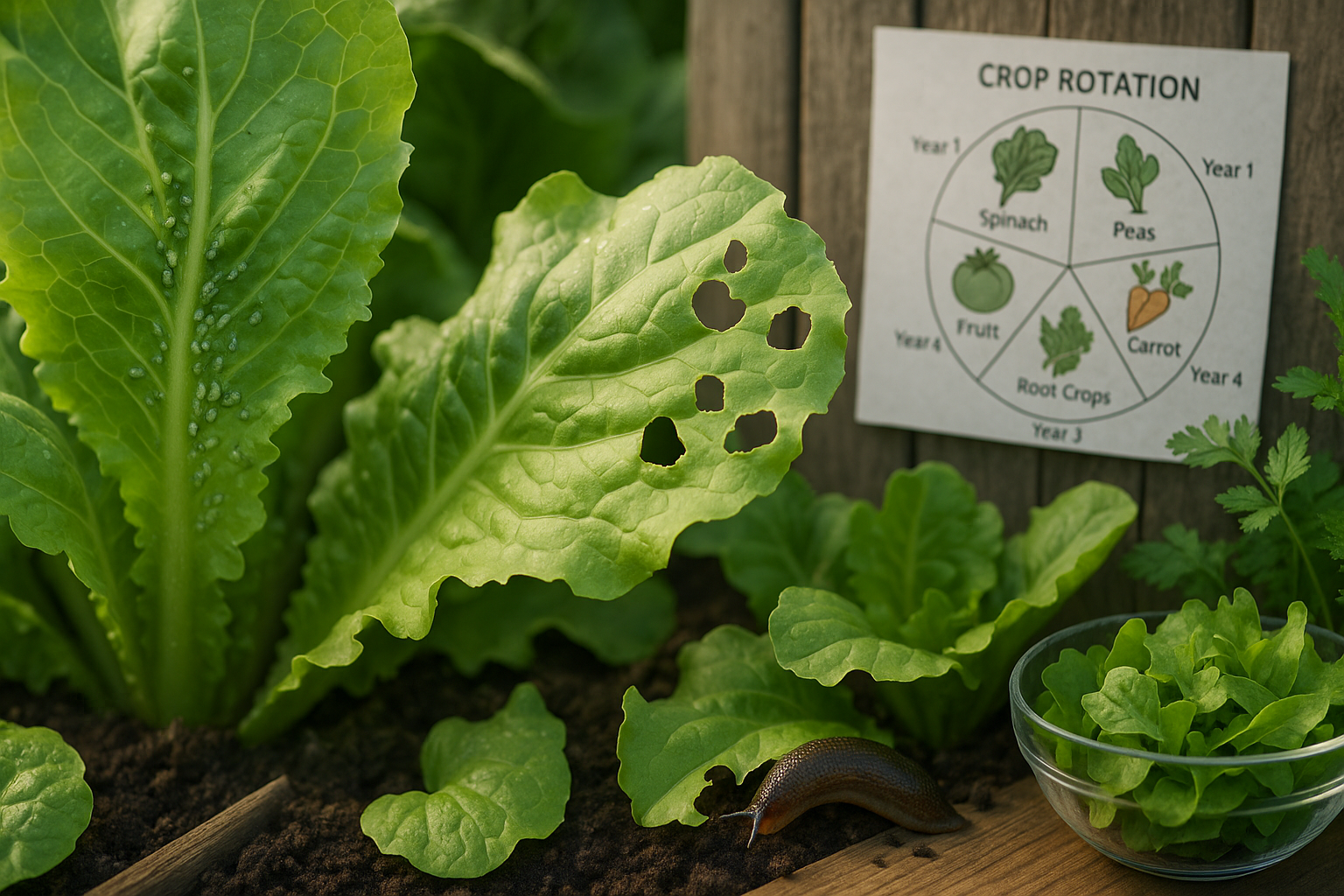
Overlooking pests, diseases, and proper crop rotation can quickly undo all your hard gardening work. Common pests like aphids, which cluster on stems and leaves, and slugs, often found munching on tender plants during damp weather, can multiply rapidly if ignored. Watch for signs like distorted or sticky leaves (aphids) and ragged holes (slugs).
Diseases are equally sneaky—downy mildew causes yellow or white patches on the upper leaf surface and fuzzy gray growth underneath, while leaf spot appears as small brown or black spots that may cause leaves to drop. Catching these problems early is crucial; regular checks help you spot trouble before it spreads, allowing for simple fixes like removing affected leaves, introducing beneficial insects, or using organic sprays.
Beyond watchful eyes, crop rotation is a gardener’s secret weapon. By changing where you plant the same crop family each year—never planting tomatoes in the same bed two years in a row, for example—you prevent pests and diseases specializing in one plant from building up in the soil.
The basic rule is to divide crops into families (like brassicas, legumes, and nightshades) and ensure each returns to the same spot only every three to four years. This breaks pest life cycles and disrupts disease patterns, making your garden healthier with less effort.
Simple planning and attentive observation save time, improve yields, and keep trouble at bay, turning these common-sense practices into powerful allies for every gardener.
Skipping Mulch and Shade Protection
Using mulch around your lettuce patch is a smart way to help your greens thrive with minimal effort. Mulch acts like a protective blanket, locking in soil moisture so you don’t need to water as often—especially useful during hot, dry spells. It also does wonders for suppressing weeds by blocking sunlight, so those pesky plants can’t steal resources from your lettuce.
Another underrated benefit is that mulch keeps soil from splashing onto your lettuce during rain or watering, which helps reduce the risk of soil-borne diseases and keeps your harvest cleaner. Lettuce is particularly sensitive to heat; a sudden spike in temperature can cause it to bolt, or go to seed, resulting in leaves that are bitter and less enjoyable to eat.
Protect your crop by laying down a layer of straw, shredded leaves, or even grass clippings around your plants. For extra heat protection, try using an old bedsheet, shade cloth, or a makeshift umbrella to create dappled shade during the hottest part of the day. These simple steps can make a big difference in keeping your lettuce cool, crisp, and flavorful—even when the summer sun is at its strongest.
Overfertilizing or Neglecting Cleanup
Overfertilizing your garden, especially with herbs and leafy greens, might seem like a good idea if you want lush growth, but it often has the opposite effect on flavor. Too much fertilizer—especially nitrogen—pushes plants to produce bigger leaves at the expense of the concentrated oils and compounds that make them taste so good. For example, overfed basil or lettuce can become bland or watery.
The key is to follow package directions carefully and opt for slow-release fertilizers, applying them only when needed based on your plant’s growth stage.
Equally important is cleaning up at the end of the season. Leftover dead leaves, stems, and old fruit might seem harmless, but they provide a perfect hiding spot for pests and disease to overwinter and attack your next crops. To prevent problems, pull up spent plants, remove fallen debris, and dispose of diseased material in the trash rather than compost.
Taking a balanced approach—providing just enough nutrients and keeping beds tidy—is the best way to grow flavorful, healthy produce year after year.
Conclusion
By steering clear of these common mistakes, you’re well on your way to harvesting abundant, crisp, and delicious lettuce from your own garden. Remember, each season brings new lessons—so don’t hesitate to revisit this guide whenever you plan your next lettuce planting. Gardening is all about experimenting and discovering what works best in your unique conditions. Embrace each trial as a learning opportunity, and enjoy the satisfaction of growing tastier, healthier lettuce with every attempt. Happy gardening!
